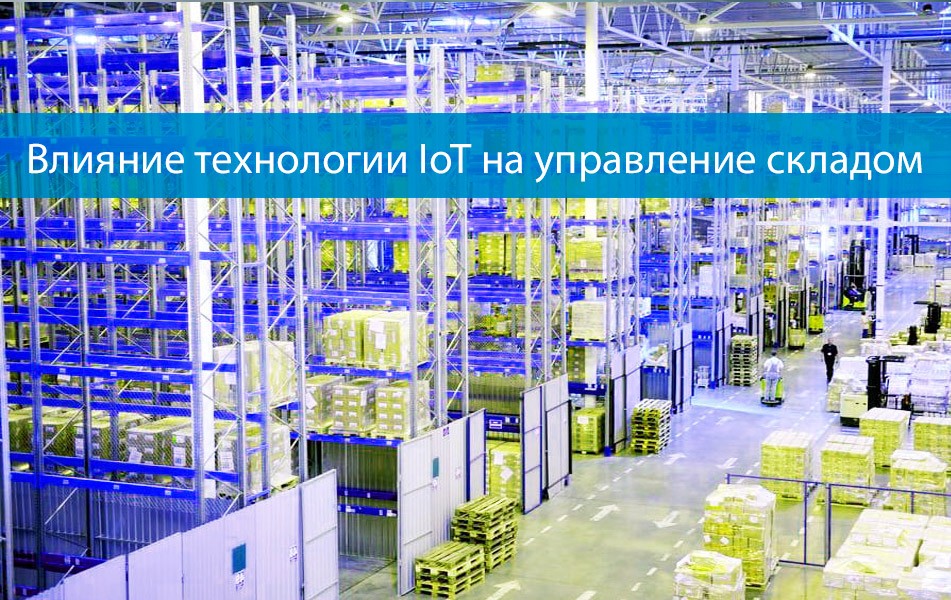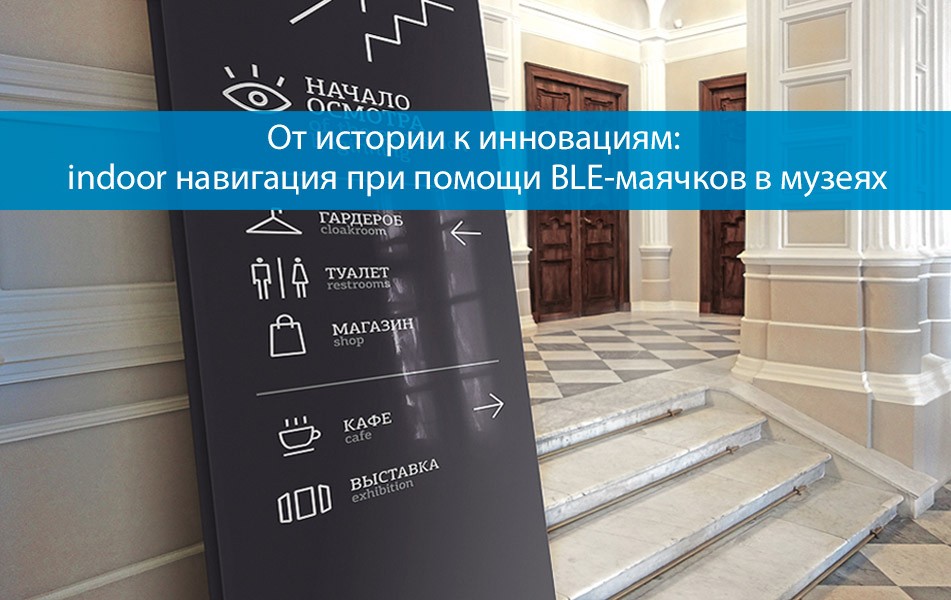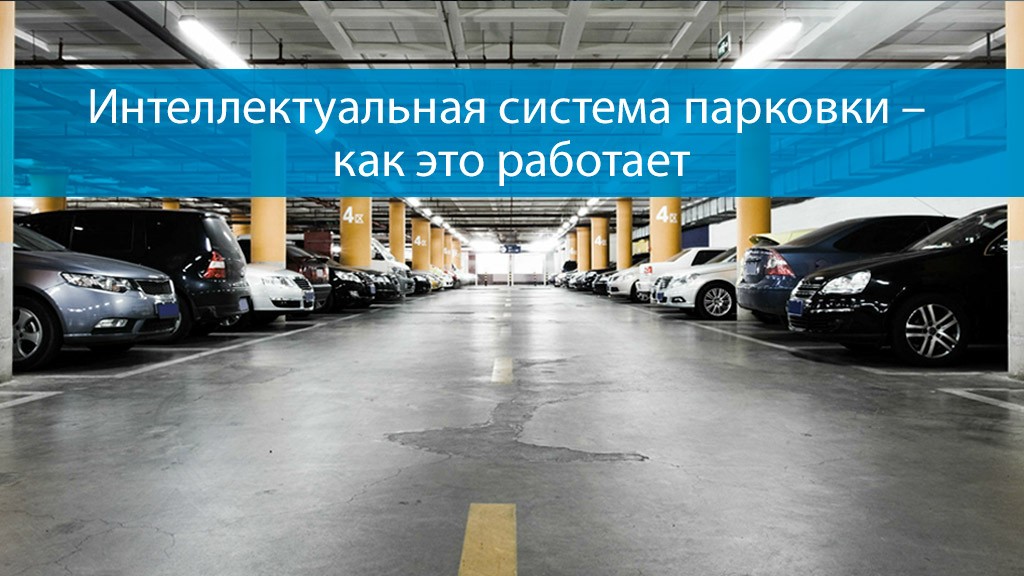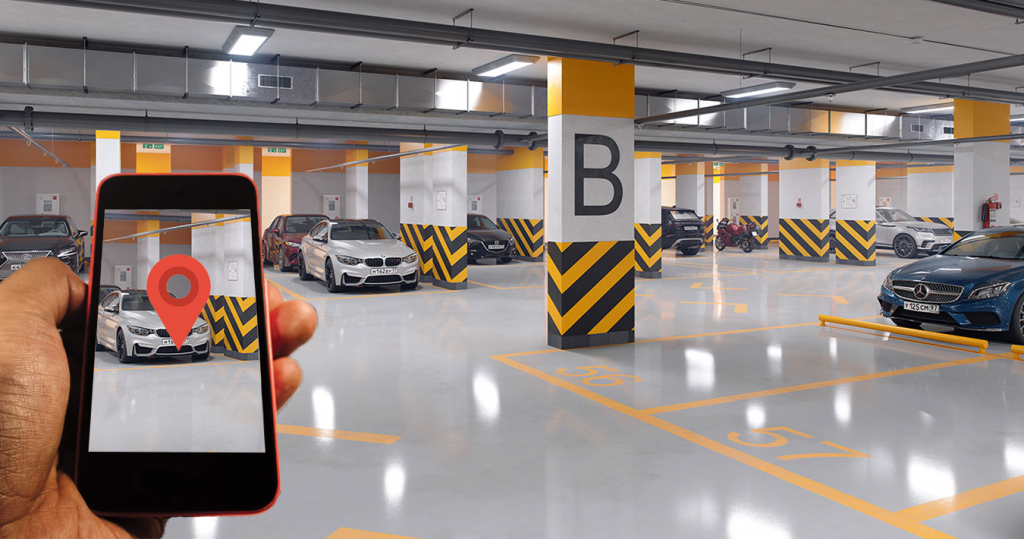Automation and digitalization are driving the Industrial Revolution 4.0. Industrial revolutions have led to the mass production of goods, which has increased the need for modern warehouses. Every year, the work of warehouses becomes more and more difficult due to the increasing abundance of goods, so the usual warehouse management strategies are no longer suitable. To cope with huge commodity flows, modern innovations should be used more widely to manage these processes. The Internet of Things (IoT) is a technology designed to process large amounts of data with maximum efficiency in real time. The purpose of the technology is to perform administrative work, i.e. effective management of storage data. IoT can facilitate the implementation of intelligent identification, tracking, and control using radio frequency identification (RFID), infrared sensors, global positioning systems (GPS), laser scanners, and other detection tools.
The main function of the warehouse is to ensure sales and customer satisfaction. The introduction of IoT improves financial performance, labor productivity and customer satisfaction. For example, IoT can be used in warehouse management to monitor, track goods, predict demand trends, manage inventory, and other warehouse operations in real time.
Methods and methodologies
The complexity of the supply chain forces logistics companies to improve the flow of information both internally and externally. The Integrated Logistics Information System is a unique business management model that tracks the flow of materials, information, and goods from the point of origin to the point of delivery, where all management actions are interconnected. The possibilities of monitoring and tracking objects in warehouses using LPWAN technologies are being considered. The general idea is to ensure customer satisfaction by reducing the associated costs. The Integrated Logistics system provides a combined warehouse, transportation, and materials management solution, integrating various business process functions including: production function; supply and storage functions; and marketing function.
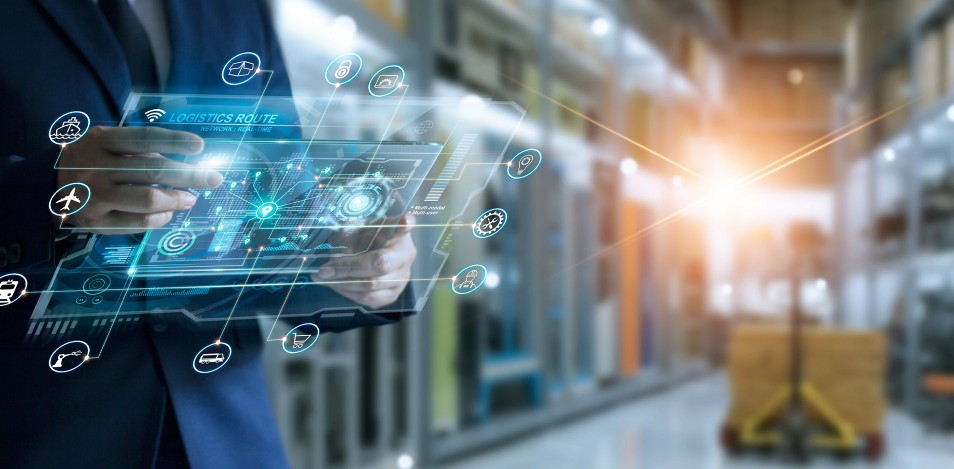
The positive aspects of integrating IoT into warehouse management using examples
It is believed that IoT in warehouses brings companies a number of advantages. The introduction of the Internet of Things enables intelligent warehousing, brings revolutionary changes, and that is why major industries such as Alibaba, DHL, Amazon, or Bluedart have already implemented it into their inventory, logistics, and warehouse management. Below are also examples of the implementation of IoT solutions to date.
- In Korea, a new internal positioning system (IPS) has been developed and integrated with the warehouse management system. The system uses warehouse management tags to exchange data related to product availability, time in stock, delivery time, and inventory control. This flexible system requires the installation of multiple devices such as an LED screen, receiver, transmitter, gateway, and WMS tag. By integrating it with WMS, you can easily track inventory data in warehouses.
- Also, one of the approaches presents an innovative solution for warehouse management, which includes the integration of artificial intelligence and an algorithm for planning storage, reception and delivery of orders. This advanced solution requires pallets and shelves with a barcode, as well as the use of GPS and everything related to indoor navigation.: BLE, UWB, Wi-Fi and so on .
- The following approach presents an automated warehouse monitoring solution based on IoT, which includes the technology ZigBee, sensors, a situation management system and a wireless intelligent control system. This innovative system instantly controls heating, temperature and humidity in the warehouse. Computers analyze the data collected from the sensors, and in the event of an emergency, the system automatically calls the dispatcher or emergency services.
- A study conducted in Malaysia showed that traditional SAP and WMS software packages integrated with IoT are widely used. In warehouses, radio frequency readers are used to manage material flows, plan routes, shipping operations, and dispatch. Intelligent radio frequency devices are used for operational functions in real-time radio communications.
The negative aspects of integrating IoT into warehouse management
Previous discussions have shown that IoT-enabled warehouses are more efficient, faster, and more accurately managed. However, this technology has some drawbacks. According to previous research, this advanced technology has the disadvantages listed in the table below.
The delivery function | The impact of the Internet of Things | The IoT technology used |
|---|---|---|
| Operations in WMS | CCTV footage steals the privacy of customers and employees, security vulnerabilities, the complexity of interconnecting thousands of devices, and electronic waste. | Sensors, Cameras, Wi-Fi, GPS, Cloud network |
| Operations in WMS | Network/system, identity theft, hacking, or streams | Sensors, Cameras, Wi-Fi, GPS |
| Online transactions | Third-party access flows, inauthentic transactions, high maintenance costs, unemployment, hazardous electronic waste, environmental impact | Software packages for online transactions, cyber-physical system |
Reception activities
The purpose of this section is to show where and how new technologies can be integrated to improve the process and thereby provide real benefits to users of these services. The main functions of the warehouse include the following:
- Reception : This process includes receiving the goods. For proper operation, it is necessary to check whether the right amount of goods has been received at the right time. To this end, RFID tags are highly accurate and reduce the likelihood of human error. They document the arrival of the goods. The RFID integrated with the automatic scanner can record the weight and dimensions of the parcel, indicating the correct place to store it. This improves the reception process, allows you to quickly unload the dock and free up space for other shipments.
- Discharge . This is the process of moving goods from the receiving dock to the most optimal storage location. Mobile and wearable devices deliver incoming goods to the right location for consistent inventory accounting. The Internet of Things enables the use of intelligent forklifts, which can reduce accidents during this process, thereby reducing the time required to complete tasks and optimizing storage.
- Keeping. Storage in a warehouse means placing goods in the most suitable location. Storage facilities require large investments, and optimizing the space can reduce these costs. IoT enables HCL solutions to optimize warehouse space by offering real-time optimization for a specific location and reducing space turnover. RFID tags also store product location data.
- Assembly and shipment. This includes customer order processing and shipping. This process requires high efficiency, as mistakes reduce customer satisfaction. Wireless wearable devices can make this process optimal by allowing real-time scanning of the entire warehouse. Smart forklifts with sensors and scanners transmit data related to product handling precautions, as well as outgoing and incoming shipments. GPS allows the trailer tracking system to indicate the location of the cargo in real time. The PoD solution can be used for real-time delivery reports.
Summing up the results
Warehouses have a significant function in modern society, playing an important role in logistics and the entire supply chain. In order for any organization to stay in the market, it is necessary to ensure the smooth movement and operation of the entire chain. Inefficient organizational processes can lead to a loss of time and money. This may also be due to inefficient use of human resources or insufficient automation of business processes. It should be noted that global trends indicate that the complexity of the warehouse process will increase in the future. This means that the need for an efficient system and a customer-oriented approach will prevail in the future.
You can learn more about indoor navigation technologies on the website Indoors Navigation.

